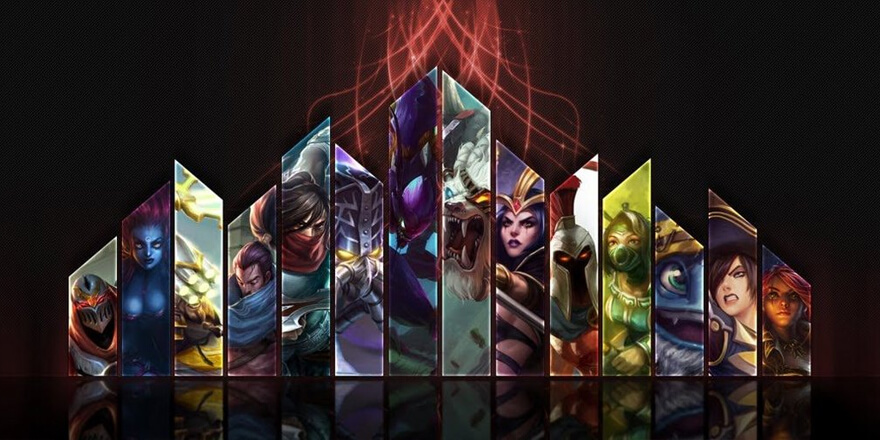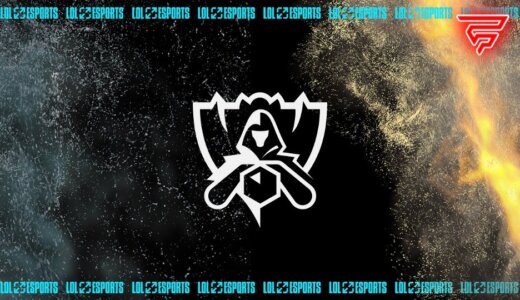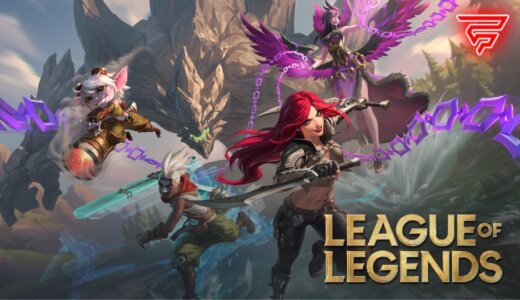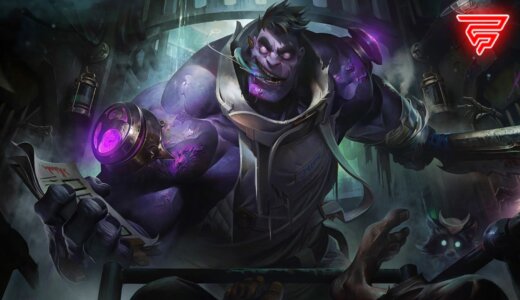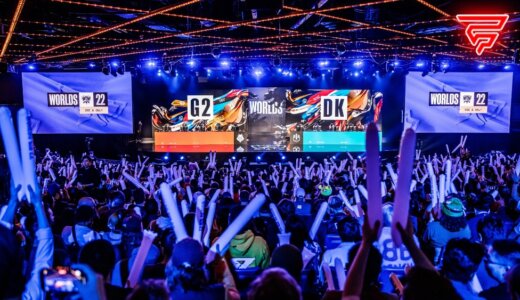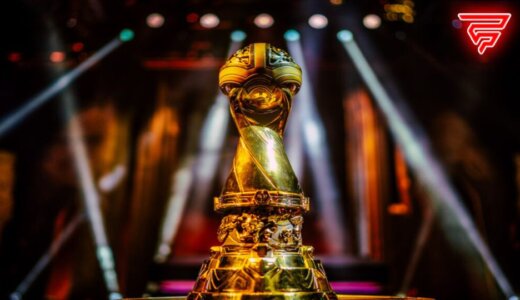Back in the day, as most League veterans would remember, the game was a lot less polished, with many champions exhibiting more unfun and toxic gameplay patterns that became apparent after some time. This was especially noticeable because in the early days, Riot designed champions of the same class, in a similar mold.
As time went on, most of the mechanics in the game that caused frustration were withered down by reworking the problematic champions or classes. This approach of balancing an entire class with one big update brought mixed results, so that’s why we haven’t seen them ever since. Apart from angering the player base with reworks that the community had no input on, many of them also turned out difficult to balance. So today we look back on the last one of such class updates, the assassins rework.
How Riot approached champion design
With all the new champions being released every year, and the League roster expanding, we have kind of gotten spoiled with regards to quality. In the early days, League would sometimes release up to three champions in a span of three months, and when some of them would get outdated and in need of a rework, they would be grouped up and done together. That was the case with the class updates of tanks, mages, marksman, and lastly, assassins. With this method being a mixed bag of results, Riot has now moved to a new approach, with giving old outdated champions a full visual and gameplay update, and the problematic ones just some adjustments to the spells and how they interact. With all this being said, it’s not like all the previous reworks were a failure. Although some of them would indeed go on to have a full VGU later because their problems persisted, and some even go reverted, most of them came out of the rework as a huge success with noticeable quality of life changes.
The purpose of the updates
The core reason for these reworks was to address the patterns that the class exhibited which was considered “unhealthy” gameplay, something that was frustrating to play against and in some cases, something to play as. One example of this was the fact that in the early days of League, almost all assassins had a silence, a feature that stopped you from using your spells for a certain time, giving you little to no counterplay as they unloaded their entire combo on you. This was the reason why eventually almost all of the champions in the class had lost this feature except Kassadin.

Kassadin, the last assassin with a silence (via YouTube)
Another one of these patterns was that these champions were extremely good at doing a certain thing and were just as bad at doing another. So that again was considered unhealthy for the game, and had to be changed.
But this wasn’t exclusive to the assassin’s rework. In the same preseason, on patch 6.22, Riot also made changes to the stealth mechanic and the vision aspect of the game, where they had the same philosophy. Avoid and rework features that had large fluctuations in their performance in different scenarios. For example, at that time, most of the League player base hated playing against champions that could go invisible, become camouflaged, or be stealthed. The only counter to those champions were vision wards that gave full vision of their surroundings. So we had this situation where most players that didn’t play around vision wards would get crushed by those champions, but in high elo, the best players would make those champions useless with a single consumable item worth 75 gold.
How it was conducted and the results
To achieve this, for some champions all they had to do was add some new mechanics into the spells, while for others it meant completely changing their playstyle. That way Fizz’s Ultimate ability just got more damage the farther it went, and Ekko’s Ultimate could instantly trigger his W spell. Also, when Ekko procced his passive, it wouldn’t slow anymore. These changes were small but effective and are still in the game today.

Akali visual and gameplay update (via MMOIngame)
Akali’s W spell got a small dash that left her original spell the shroud behind. But since Akali got a full VGU that turned out to be a whole different headache, that probably deserves another article on its own. We won’t dwell on it for too long. Shaco’s update had the purpose of giving him more diversity in the playstyle and build path, adding ability power scalings to his spells and slight changes to them. Shaco also got another rework later on, but most of the features added with this update remained. Most notably, when the clone that was his Ultimate spell would die, it would spawn three instances of his W spell.
On the other hand, champions like Rengar, Kha’zix and Zed got more changes than the ones already mentioned, but almost all were removed or reverted. For instance, both of Zed’s changes to his W and Ultimate failed to do what they intended and even backfired. Zed’s W would give him more damage when using it, which he would later lose, and his ultimate gave him a percentage of his target’s maximum damage as a permanent bonus. This turned out to be a horrible decision, as it contradicted their philosophy, where it made Zed really good against some champions and really bad against others. Rengar and Kha’zix both got some ridiculous features that were soon removed or toned down because they overperformed or completely failed to do the intended.
Rengar’s new passive gave him a lot more damage, his new Q gave him a lot more waveclear, and his empowered W gave him a cleanse, the ability to remove the effect of the enemy’s spells that limited his movement. All of these changes made Rengar into a bruiser tank-type of champion, which was not what they imagined when they created him as an assassin. He was really good and was a constant pick in pro play, but the entire community was dissatisfied because his new Q didn’t fit his previous playstyle and felt like a completely new champion. So Rengar’s Q-ability was eventually reverted and his numbers lowered, but he mostly stayed the same. As for Kha’zix, his newly evolved R made him invisible every time he went into a bush, causing havoc to the uncoordinated nature of Solo Q, and that feature was also later removed.

Talon trademark E ability (via League of Legends)
Major changes, but were they effective?
This update was probably most impactful for champions like Talon, Katarina, and LeBlanc, who got massive changes to all their spells. Talon’s old passive that gave more damage against immobilized enemies was removed and replaced with his Q spell, which gave damage over time in the form of bleeding and could be stacked up to three times by hitting your abilities. His new Q was his old E that was a dash to a target and would now do double damage if the target was in melee range and didn’t have to dash. Talon’s E got the biggest change, making it a trademark spell only to him, with his ability to jump over walls, which would mark them for the next 300 seconds in which he can’t do it again.
(Header via LoL Esports FR)
